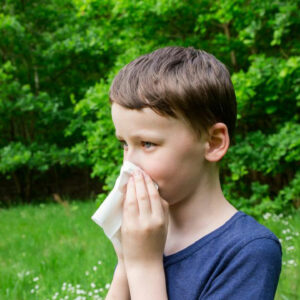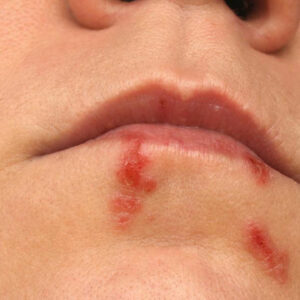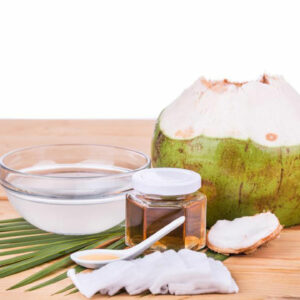
01
Controlling Migraine and Its Effect
Experiencing severe pain in the head, which is primarily of a disabling nature, is known as a migraine. A migraine can often be accompanied by nausea, difficulty to perform due to sensitivity to light and sound, inability to bear the pain above the eye sockets, etc. A migraine may feel like a headache but the attack includes a variety of symptoms. The International Headache Society recognizes various types of migraines. Migraines can also be diagnosed by keeping track of your symptoms and by taking tests such as an MRI, eye exam, etc. There are various home remedies for migraine headache. A migraine does not have a universal treatment option, and the treatment has to be adopted individually. Caffeine has several benefits and is believed to block certain receptors that might lead to migraine headaches. Caffeine is also popularly combined with various medications with other painkillers. Certain people are recommended to not take caffeine as the brain can learn to develop tolerance to the intake of caffeine. A strong cup of coffee can help stop or control an attack. Caffeine in high doses can also lead to a rebound headache, therefore, has to be consumed in limited intakes. Tea also has caffeine in it. Green tea has been used for relieving migraine headaches but for some migraine sufferers; chamomile tea has been helpful in relieving certain migraine sufferers. Flaxseed and Flaxseed oil are rich in Omega-3 which is an essential fatty acid and lignans. It is a superfood that can help evacuating the bowels properly, and therefore help some migraine sufferers. These can be used as great home remedies for a migraine headache. Increasing your intake of water is the easiest thing to do and helps control the trigger for a migraine. Water intake that is recommended for each individual is half of the body weight, as 70 percent of our body is made up of liquid.
Read More 










